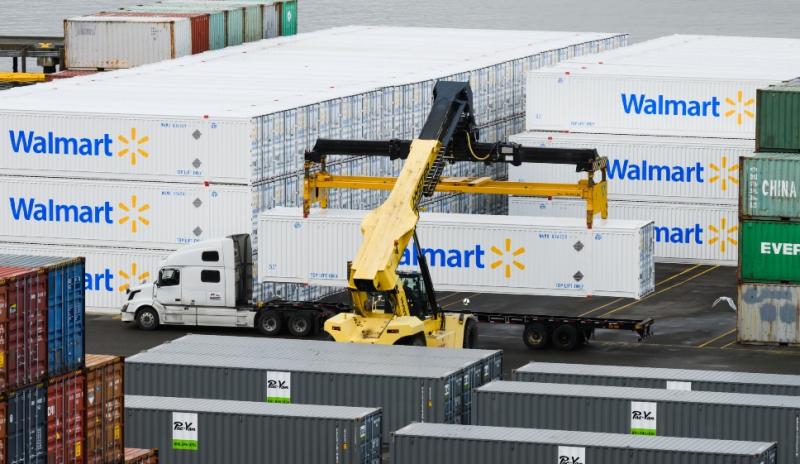Walmart Accelerates Investment in Supply Chain Technologies
Walmart has stepped up its supply chain efforts, outlining plans for 65 percent of its stores to be powered by automation technologies by the end of 2026.
Speaking ahead of discussions at the latest recent investment community meeting, the retail giant expanded on ideas of how to build out its supply chain ecosystem and establish a scaled suite of capabilities that merge data, software, and robotics. Walmart also estimates that by 2026, 55% of the fulfillment center volume will operate through automated facilities and unit cost averages will improve by around 20%.
The company will leverage expansive artificial intelligence and machine learning systems to charge toward its goal to automate the majority of its supply chain in the next three years.
“We are in a unique position to serve our customers and members however they want to shop, which will fuel continued growth,” said Doug McMillon, Walmart president and chief executive officer. “As we grow, we will improve our operating margin through productivity advancements and our category and business mix, and drive returns through operating margin expansion and capital prioritization.”
Walmart’s Logistics, and Supply Chain Investments
Walmart has been focusing on automating supply chain management and its logistics infrastructure for some time – both in building 4 new fulfillment and distribution centers and establishing new, next-gen spaces.
Most recently, the retailer rolled out upgraded packaging tech designed to reduce box size and filler and improve the customer experience.
In October 2022, the company completed the modernization of its Palestine, Texas regional distribution center, equipping the space with AI systems, robotics, and automation intended to improve storing, retrieving, and packing for merchandise.
Recent, key areas of focus have also included Canada and Mexico, where Walmart’s investments are targeted at increasing the speed of fulfillment. In December 2022, Walmart Canada revealed plans to open a new distribution center in Quebec, tapping into the latest automation technologies designed to speed up fulfillment services, lower transportation costs, and optimize product assortment. At the same time, Walmart in Mexico launched the Villahermosa Perishables Distribution Center to strengthen logistics and supply chain networks across the Southeast region.
These next-gen fulfillment centers leverage robotics and machine learning to boost Walmart’s capacity to provide next- or two-day shipping to around 75% of the U.S. population.






